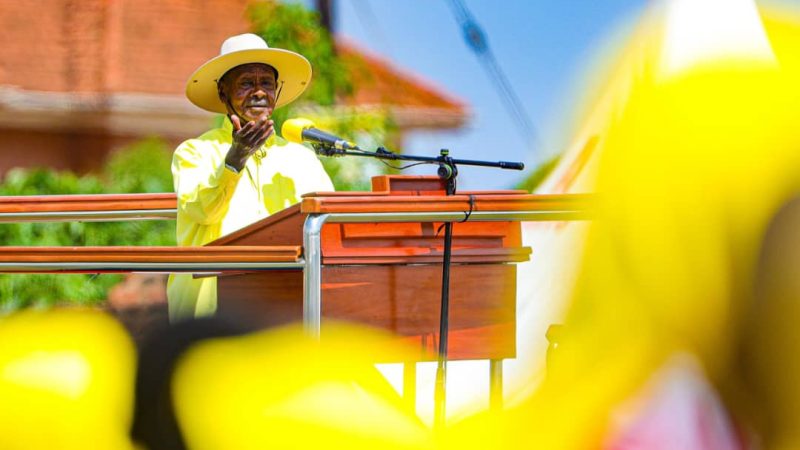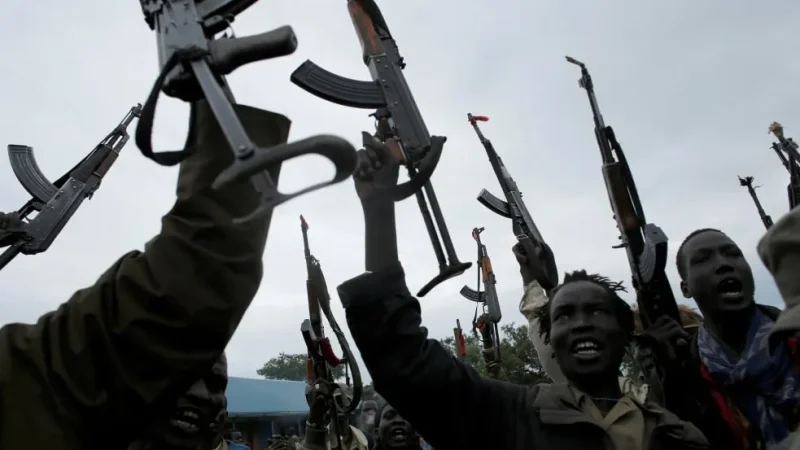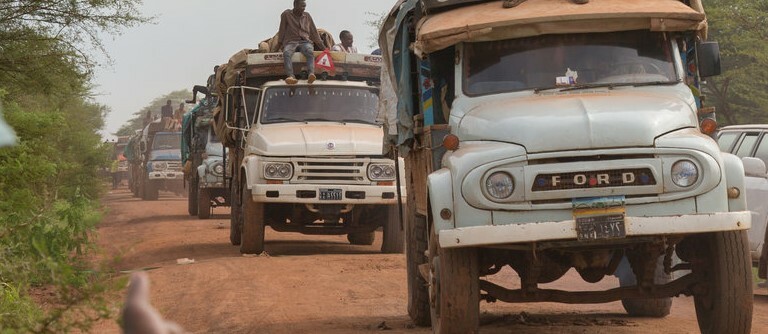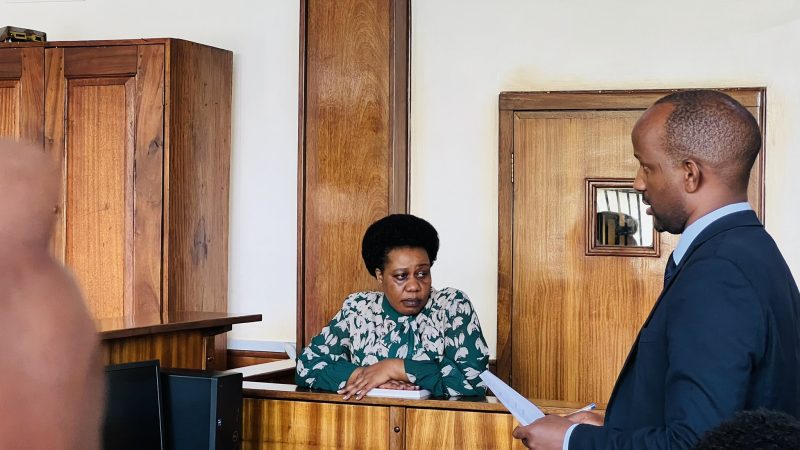The Rise in Child Trafficking in Teso and Karamoja Sub Regions, Eastern Uganda has been attributed to the alarming levels of Poverty, Unemployment and limited access to Education, according to area leaders.
Amos Oluka the Soroti District Probation Officer claims that children mostly trafficked from rural communities to major cities are exposed to domestic service, street begging and vending, sexual exploitation including forced marriage and commercial sexual exploitation, and labor exploitation especially in the agricultural industry.
“Soroti is a transportation Centre. We have tried with police to block but it’s a vice that is minimal because the communities in charge are working class, people who want maids, those who want to use them as laborers among others,” he added.
He notes that child trafficking has become a major problem in Teso and Karamoja as most of the girls are being trafficked by their own relatives to various destinations.
“We have also established that some children are willing to go out of their homes to look for money. Some want to go to Kampala to get some money in order to support their struggling families,” He said. Noting that some children are forced to be trafficked due to peer pressure.
Early Last Week, a total of 16 young girls were intercepted by police in Bukedea District while on transit to Busia from Napak District in Karamoja Sub Region.
But the East Kyoga Police Spokesperson ASP Agecca Oscar Gregg’s when contacted on phone revealed that the girls police intercepted were moving with the relatives making it difficult for police to hold the relatives in custody.
The intercepted girls were released to move with their relatives after hours of interrogation.
Paul Omer, the Soroti East Division mayor also said as leaders they are aware of the vice revealing that most girls from Karamoja are transported using open trucks and buses.
He hints that it is clear most children who find their ways being trafficked find streets safer than homes.
“Most children living in the streets of Soroti and major towns in Uganda whom I have talked with have homes. But most of them say streets are better than homes. Families are also not willing to take them back,” he added.
“Some children say that they find the street safer than home. The impact can be felt at the grassroots. We only have to find a way of telling our people the negative part of Human/Child Trafficking,” said Omer.
He has urged the government set up necessary measures to eliminate human trafficking including investigations into human trafficking and a focus on prosecuting traffickers on the judicial side.
Policy analyst and Executive Director Public Affairs Centre of Uganda (PAC) Benson Ekwee attribute the looming situation to weaker government policies.
He has called on the Government to Implement strong regulations and oversight of labor recruitment companies and improve enforcement, including by continuing to investigate and prosecute those involved in fraudulent labor recruitment.
Recently the US government state department released a report accusing the government of Uganda of not doing enough for its citizens who are trafficked abroad.
The findings revealed that while the government increased awareness campaigns and implemented the National Action Plan for Prevention of Trafficking in Persons Uganda 2019-2024, it did not demonstrate overall increasing efforts compared to the previous reporting period.
According to the report, Ugandan children as young as seven are exploited in forced labor in agriculture, fishing, forestry, cattle herding, mining, stone quarrying, brick making, carpentry, steel manufacturing, street vending, bars, restaurants, gold mining, and domestic service.
Human trafficking is the crime of using “force, fraud or coercion” on people with the aim of exploiting them for profit.
According to the Trafficking in Persons Report from 2020, estimates determined that traffickers are currently exploiting 7,000 to 12,000 children through sex trafficking in Uganda. The report also outlines how human trafficking in Uganda primarily takes the form of forced physical labor and sexual exploitation.








